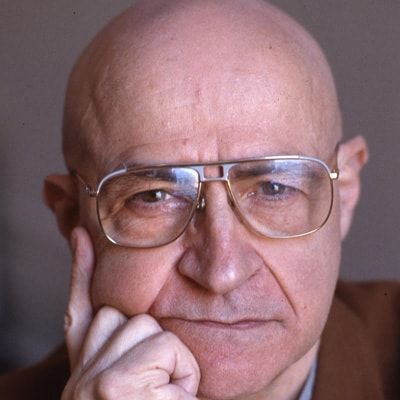THE TOMATIS® METHOD - A SENSORINEURAL AUDITORY STIMULATION

Revolutionary, modern and exceptional training the effectiveness of which has been scientifically proven. It helps improve auditory attention that lets us learn and get to know the world. It improves concentration, facilitates learning and reduces stress. Proper hearing is one of the most important human functions. Repeated hearing sessions (using a special headset with bone transmission) help teaching the brain and ear proper sound analysis quicker. They provide actual support for speech development – both in terms of mother tongue and foreign languages. They help regain emotional balance, improve concentration and communication with others.
Its action - The Ear’s Schematics
The Tomatis Method® is a method of sensory stimulation. To understand how it works, look at the interactive diagram below. An Explanatory text is also available below.
The Tomatis® Method is a technique of sound sensory stimulation. Sound is transmitted, on the one hand, by bone conduction caused by a vibration in the upper part of the cranium, and on the other hand, by aerial conduction passing through the ear’s auricle. The sounds we use in our devices have been preliminary treated with the Tomatis® effect in our laboratory, and thus stimulate the entire inner ear, including the parts that affect both auditory and motor functions. The sound propagates first in the tympan, and then by bone conduction, triggering a reflex that contracts and relaxes the two muscles known as the stirrup and hammer muscles. This effect is obtained by means of a perceptual sound contrast (a two-fold alternance of timbre and intensity) intended to “surprise” the ear.
As an effect of the vibration caused by the sounds, these muscles will in turn stimulate the parts of the inner ear known as the cochlea and the vestibule. The cochlea is lined with tiny cells called hair cells, whose purpose is to convert this vibration into electrical stimuli. These stimuli will then feed a vast neural network known as the reticular formation, which controls the overall level of cerebral activity. In other words, the cochlea and vestibule energize the brain; we say that it has a function of “cortical charging.”
Moreover, the vestibule informs the brain of the tiniest bodily movements and therefore has an effect on rhythm and balance. The coherence of the message that it transmits is thus fundamental. The ear must therefore be effectively stimulated.









